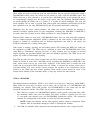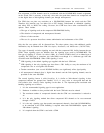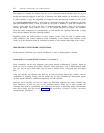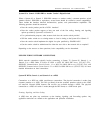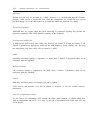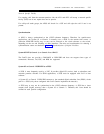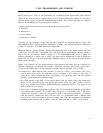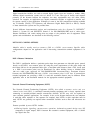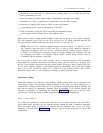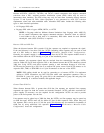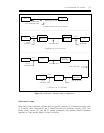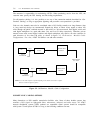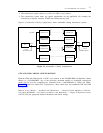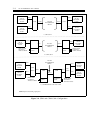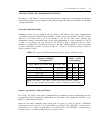
3-2
DS1 TRANSMISSION AND CABLING
Digital transmission facilities are used to transmit digital signals from one location to another. Many
different digital transmission systems exist of which T1 is one. The type of facility used depends
primarily on the distance between the endpoints, but other requirements may also affect facility
selection. For example, an application may require nonmetallic facilities as opposed to metallic ones
for reasons specific to that application. Examples of some of the DS1 transmission facilities available
are T1 Outstate (T1/OS), FT3 Lightwave, and Microwave Digital Radio (DR-18 or DR-23). Details
of these transmission systems are not provided here.
Several different interconnection options and considerations exist for a System 75, DEFINITY
®
Generic 1, System 85, and DEFINITY Generic 2 for DS1/DMI/ISDN-PRI such as cable types,
distance limitations, and switch settings that are unique to the particular unit of equipment. These
options and considerations are described in the following sections.
METALLIC CABLING OPTIONS
Metallic cable is usually used to connect a DS1 to a DSX-1 cross-connect. Specific cable
configurations depend on the application and if intervening transmission terminal equipment is in
use.
DSX-1 Distance Limitations
The DSX-1 specification defines a particular pulse shape that guarantees an allowable power spectral
density at the DSX-1 cross-connect point. By using the power requirements of this pulse shape and
the known dB loss for the permitted cable types, a maximum cable distance (from a DS1 circuit pack
to a DSX-1 cross-connect point) may be determined. For either building wiring or shielded cable
(the two cable types approved for DS1/DMI/ISDN-PRI interconnections), maximum distance
between the DS1/DMI/ISDN-PRI and a DSX-1 cross-connect point is 655 feet. If transmission
terminal equipment not providing a DSX-1 is used, this maximum distance may be different. When
applicable, refer to the installation manuals for the appropriate terminal equipment.
Network Channel Terminating Equipment (NCTE)
The Network Channel Terminating Equipment (NCTE), also called a customer service unit or a
channel service unit (CSU), is considered customer-premises equipment and is always required when
connecting to network-provided metallic transmission facilities. NCTEs may also be required on
some customer premises applications. For example, if the on-site distance between the two endpoints
is such that office repeaters or line repeaters are required, then NCTEs or their equivalent must be
used. NCTEs are generally not required when nonmetallic facilities such as fiber and microwave are
used.
Features provided by most NCTEs include:
●
Offering bipolar signaling, return-to-zero operation, balanced-to-ground design zero DC
component on signal outputs, DSX-1 between the customer’s terminal equipment, and a 1.544M-
bps digital data rate



